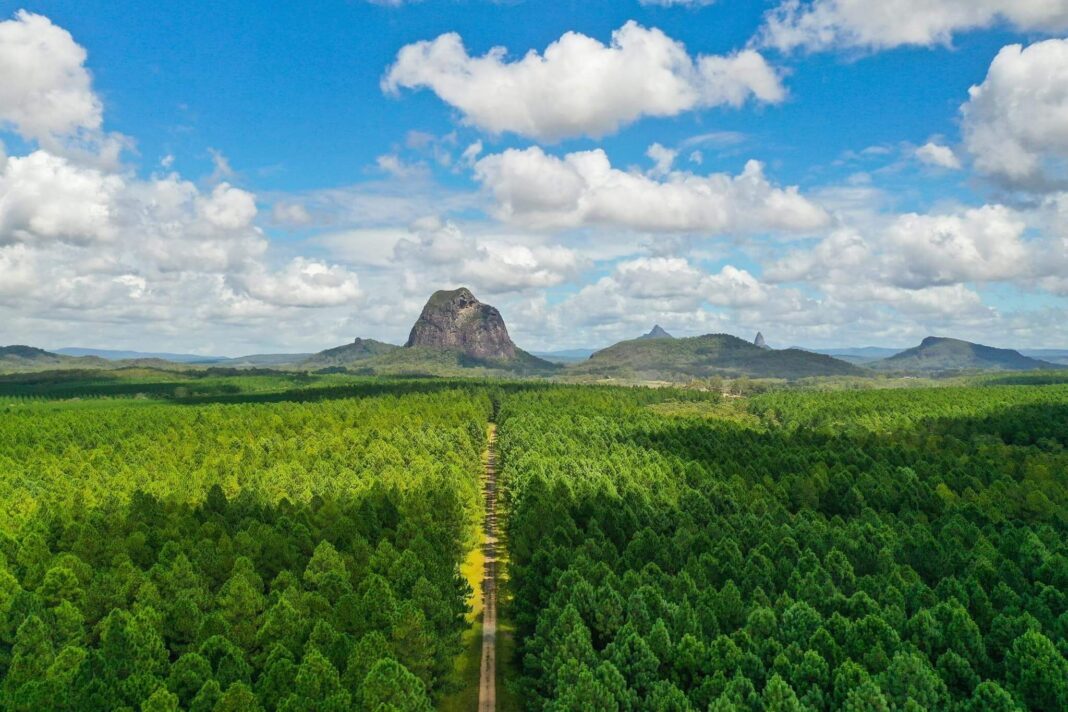At a time when demand for timber is surging, Australia’s plantation estate is in decline, with the national estate now the smallest it has been for more than 20 years.
The Australian government published the latest data through the Australian Bureau of Agricultural Economics (ABARES).
According to ABARES, the decline in plantation size “is due to ongoing conversion of hardwood plantations to other land uses,” with the total plantation area contracting by 28,000 hectares to 1.716 million.
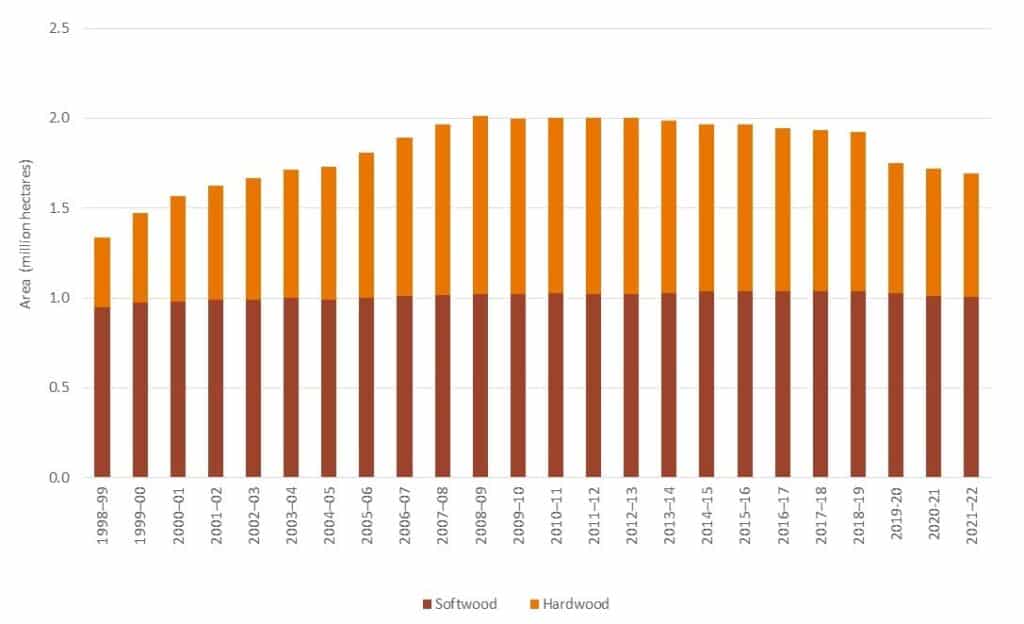
It reveals that NSW is the engine room for softwood plantations – fuelling Australia’s demand for structural timber framing.
Tasmania has the largest share of hardwood plantations, supplying hardwood-sawn wood to Malaysia and wood ship and fibre to Japan and China.
The recent acquisition of Forico – Tasmania’s largest plantation forest and the primary driver of hardwood plantations – demonstrates the value of Australia’s plantation assets for institutional investors.

Australian Forest Product Association Acting CEO Natasa Sikman said the continued decline in plantations “is extremely concerning and a reminder that collectively, industry, federal and state governments and other decision and policymakers must work together to get more timber tree planted in the ground.”
Australia’s plantation estate has fallen by over 250,000 hectares over the past decade, with “Australia importing over $6 billion worth of wood products,” according to Ms Sikman, “and rely on imports for up to 25% of the timber we need to build houses.”
In June, Wood Central reported that Australia could have a 250,000 timber-frames shortage by 2035 unless the government invested heavily in plantation establishment.
Accordingly, “as the government looks to build 1.2 million new houses over the next five years, our reliance on imported timber will dramatically increase,” Ms Sikman said.
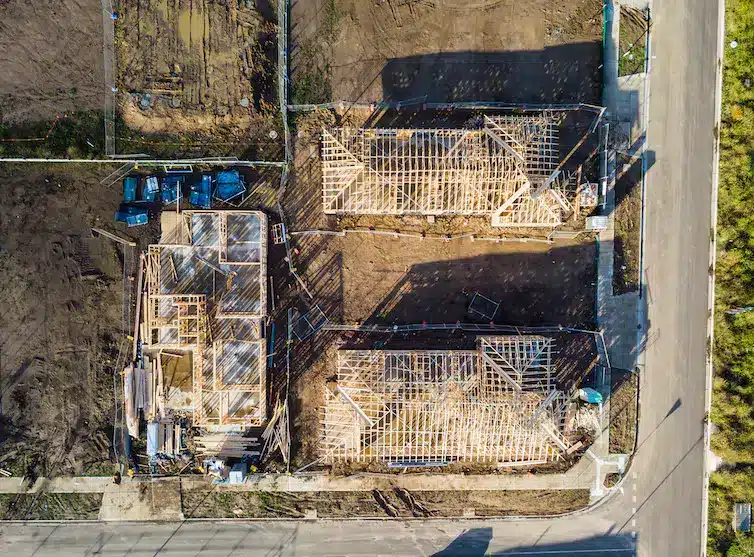
Challenges with plantation establishment are seed production is putting the global reforestation targets at risk.
Short-sighted policy decisions in the US, the UK, and NZ are putting COP26 climate commitments at risk.
Last month, Wood Centreal revealed that NZ was 700,000 hectares short of its climate targets, whilst in the UK, CEO of Confor, Stuart Goodall, said, “a failed generation of policymaking has led to a decline in wood production in England.”
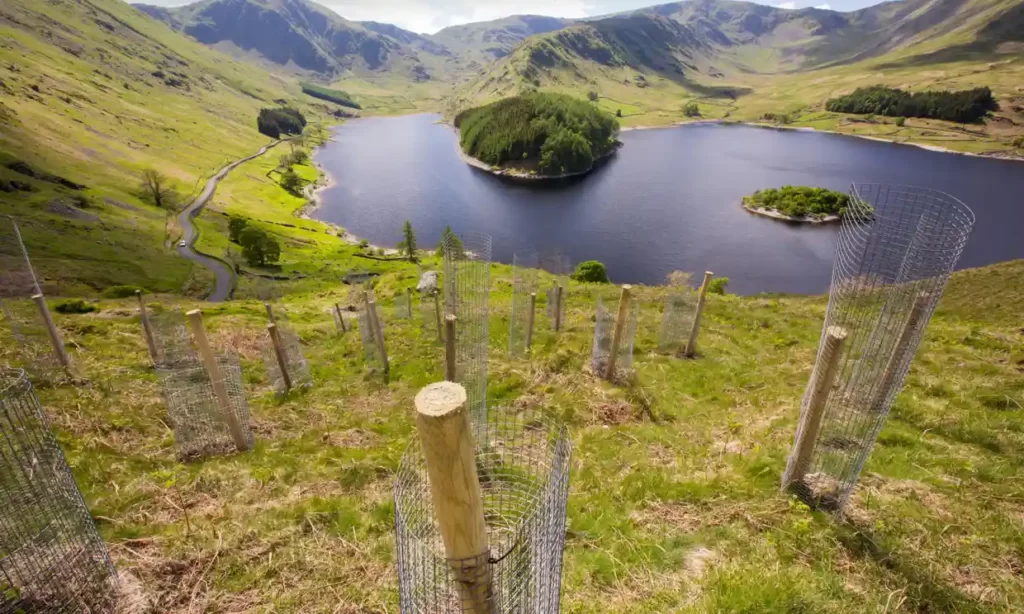
Nonetheless, Ms Sikman points to the UK’s Net-Zero Strategy, which prioritises timber use.
“The key element of the UK strategy is to increase public demand for sustainably sourced timber through procurement policies and encouraging research into barriers to the uptake of timber.”
“Indeed, King Charles visited James Jones and Sons where he discussed the significant benefits of productive forestry, a company which partners with Australian-based Hyne Timber and XLam.“
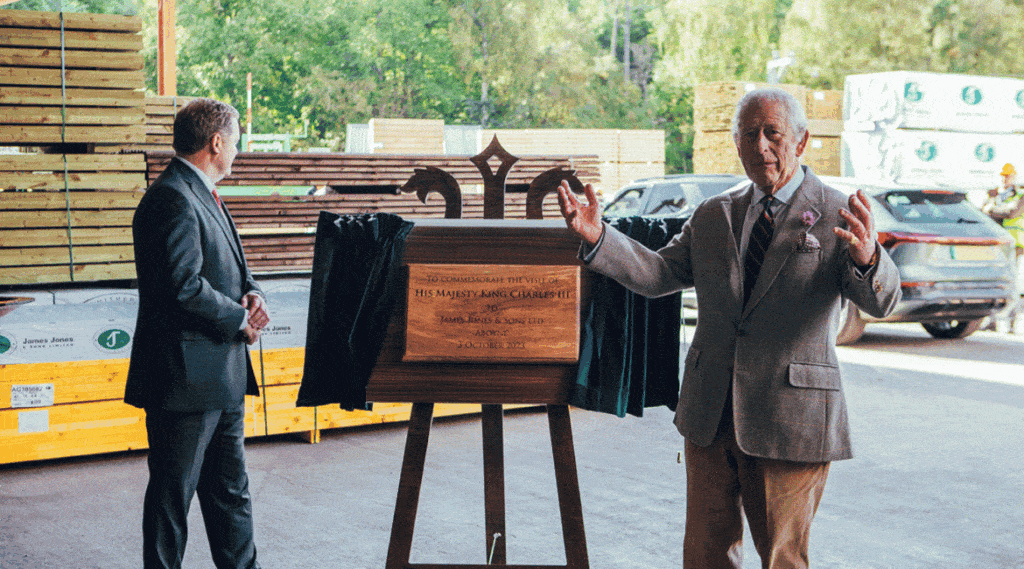
On Wednesday, Wood Central reported that King Charles III visited the James Jones and Sons sawmill in Aberdeenshire, Scotland, with the processor sourcing more than 150,000 tonnes of certified timber from the Balmoral Estate’s 1200 hectares of productive forests.
The visit demonstrated the value of productive forestry, the circularity of forest products, the importance of tree planting to meet future demand for housing and the UK’s net-zero climate commitments.
AFPA is now pushing for an increased plantation estate “alongside a strong native sector will be critical for Australia to meet its net zero goals while contributing to the global climate change fight,” Ms Sikman said.



